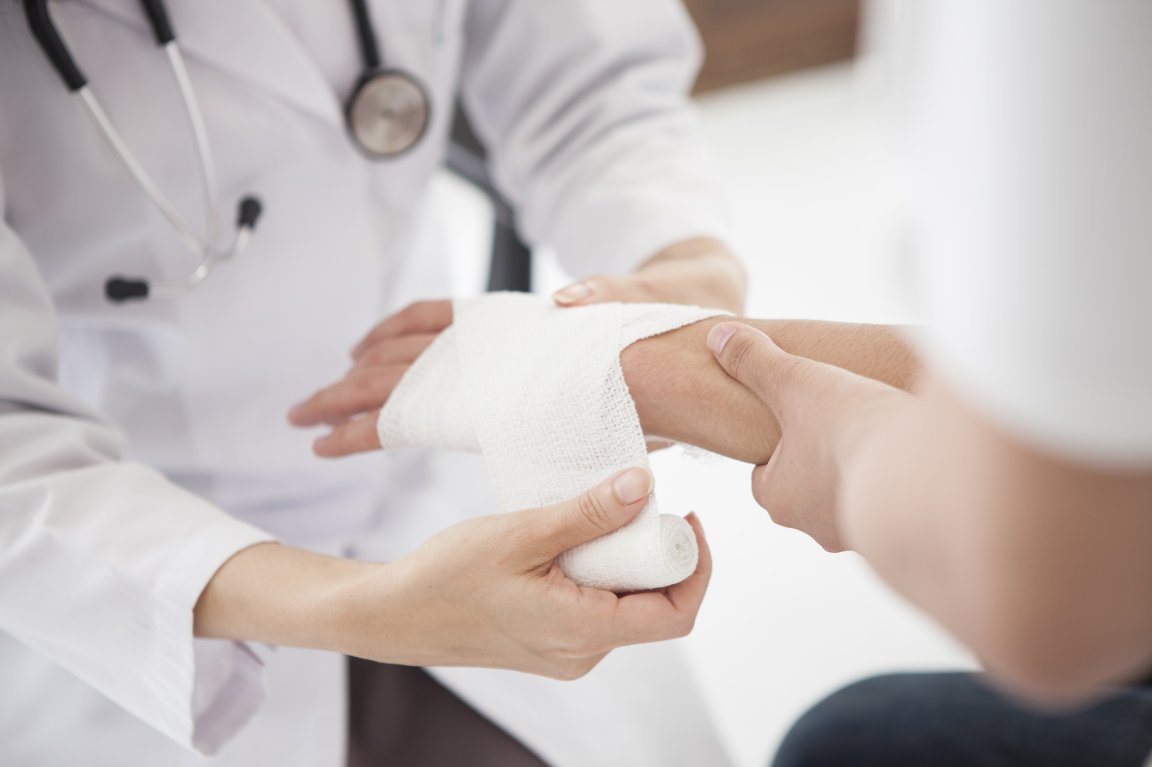
Healing Arsenal
Bandaging technology has come a long way in the almost 100 years since Band-Aids were first introduced. Now, researchers from the University of Nebraska-Lincoln, Harvard Medical School, and MIT are ready to usher in the next century of wound care with a smart bandage whose individual fibers store medications that can be deployed using a smartphone or another mobile device.
The bandage is made up of electrically conductive fibers that are coated in a gel that can house medications — anything from antibiotics to painkillers in any effective combination. Individual fibers can then be activated via voltage from a connected microcontroller no larger than a postage stamp using a connected mobile device.
“This is the first bandage that is capable of dose-dependent drug release,” Ali Tamayol, assistant professor of mechanical and materials engineering at Nebraska, explained in a press release. “You can release multiple drugs with different release profiles. That’s a big advantage in comparison with other systems. What we did here was come up with a strategy for building a bandage from the bottom up.”
Bring on the Biotech
As Tamayol noted in the press release, “This is a platform that can be applied to many different areas of biomedical engineering and medicine.” Not only could it be useful for dealing with battlefield injuries, it could also help in the treatment of chronic wounds, which are common in patients living with diabetes.
An estimated 25 million Americans could be experiencing these wounds right now, and as Tamayol explains, “The medical cost associated with these types of wounds is tremendous. So there is a big need to find solutions for that.”

This isn’t the only next-generation bandage in development, either. A team from Swansea University’s Institute of Life Science has created bandages loaded with nanoscale sensors that can instantly transmit health information to medical professionals using 5G wireless data. Heat-responsive bandages that cause wounds to heal faster are also in the works.
Technology is providing us with remarkable ways to enhance our natural biological processes, and this emerging field will create new avenues of treatment for medical professionals to consider. Some are even experimenting with the use of tech to revive brain dead individuals.
However, most of these technologies are in their infancy and will take time to develop before they are approved for widespread use. In the interim, we can look forward to a time when technology and human biology work together to create a healthier world.